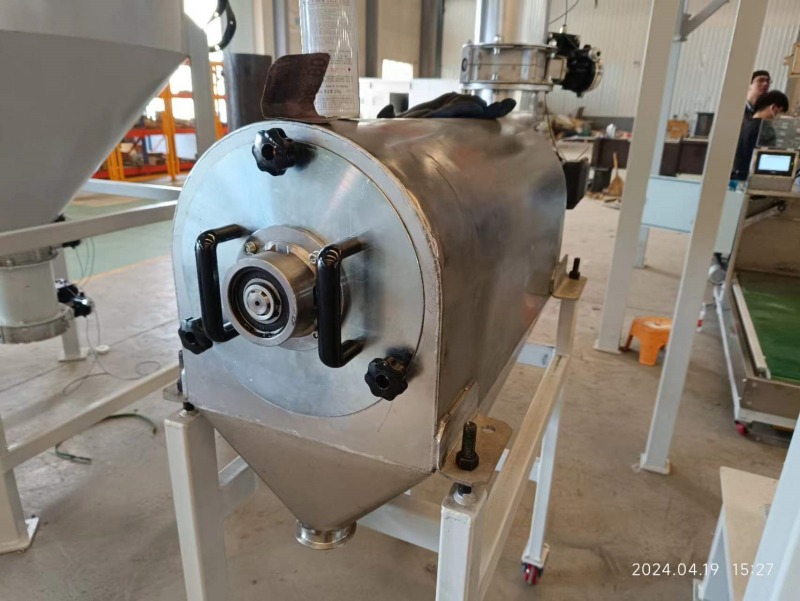How to meet the powdering needs of different materials powdering equipment
In the modern industrial field, powder making equipment is faced with diversified material powdering needs, from metal to non-metal, from organic to inorganic, each material has unique physical and chemical properties, which requires powder making equipment with a high degree of flexibility and adaptability.
The hardness, brittleness, melting point and other characteristics of different materials vary greatly. For metal materials with high hardness, such as tungsten, titanium, etc., powder pulverizing equipment needs to have strong crushing ability. Usually used methods such as high-energy ball milling, high-pressure water milling, etc., through the application of large mechanical force to break the material. At the same time, in order to avoid oxidizing the metal due to high temperature during the powder making process, inert gas protection or vacuum environment may be used for processing.
For more brittle materials, such as ceramics and glass, impact pulverization or airflow pulverization may be a more appropriate choice. These methods can take advantage of the brittle characteristics of the material and break it into fine powder by instantaneous impact. Moreover, the particle size and shape of the powder can be controlled by adjusting the impact speed and airflow pressure during the pulverizing process.

Organic materials such as plastics, rubber, etc., because of their heat sensitivity and flammability, need to pay special attention to the temperature control in the powder making. Low-temperature pulverization techniques, such as liquid nitrogen cryopulverization, are often used for such materials. The material is first cooled in liquid nitrogen to make it brittle, and then pulverized, so as to ensure that the performance of the material is not damaged, but also to achieve the desired effect of powdering.
For some materials with extremely high purity requirements, such as electronic grade silicon powder, pharmaceutical raw materials, etc., the powder making equipment needs to have a high degree of cleanliness of the working environment. This requires that the internal structure of the equipment is easy to clean, to prevent impurities from mixing, while avoiding the use of materials and components that may introduce contamination in the powder making process.
In addition, different application areas have specific requirements for the particle size distribution, shape and surface properties of the powder. For example, in the field of powder metallurgy, powders with uniform particle size and good sphericity are usually required to improve the density and performance of molded parts, while in the paint and pigment industry, more attention may be paid to the fineness and color uniformity of powders. Therefore, powder making equipment needs to be able to meet these different needs by adjusting process parameters such as rotational speed, speed and angle of the classifier wheel.

In order to better adapt to the powdering needs of different materials, modern powder making equipment is still innovating and developing. The application of intelligent control system enables the equipment to automatically adjust the process parameters according to the input material characteristics and powdering requirements to realize accurate powdering. At the same time, equipment manufacturers are also constantly developing new crushing principles and structural design to improve powdering efficiency, reduce energy consumption, and expand the scope of application of the equipment.
To sum up, powder milling equipment can effectively meet the powdering needs of various materials by selecting suitable crushing methods for different material characteristics, controlling process parameters, providing a specific working environment, and constantly innovating technology to provide high-quality powder raw materials for a wide range of industrial fields and promote the development of related industries.


